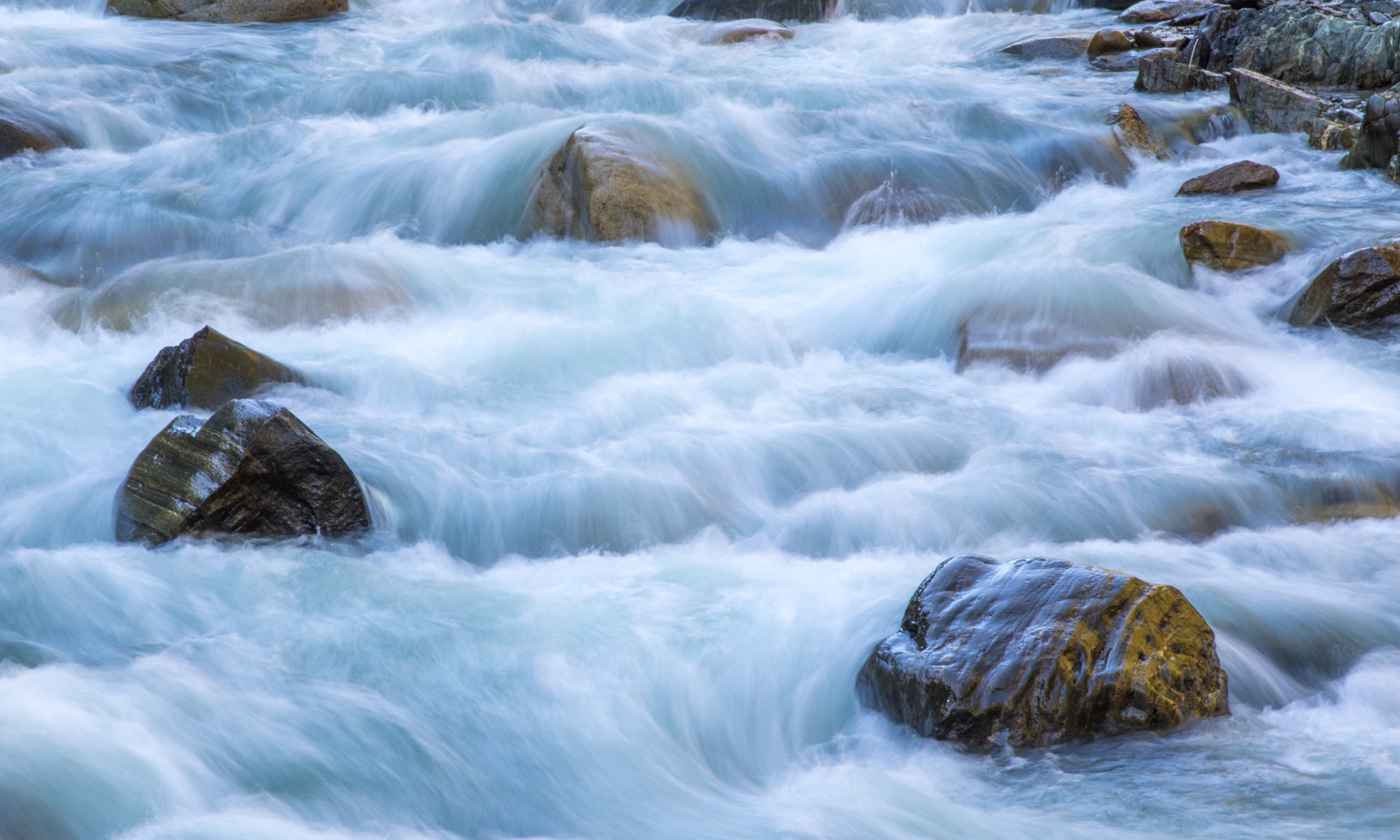Today’s Question: I’ve heard you talk about your approach to using star ratings, but I’m wondering why you don’t use pick and reject flags as well, as they provide a simpler way of identifying favorites versus outtakes.
Tim’s Quick Answer: While I appreciate the binary approach to identifying favorites versus outtakes using pick and reject flags, I prefer star ratings to take advantage of the ability to rank images into tiers based on relative quality.
More Detail: To be sure, there is no workflow for organizing photos that will work well for all photographers. This is why I try to make a point of explaining my own rationale for the workflow I use, while outlining other alternatives that some photographers may prefer.
The pick and reject flags provide a binary option for identifying favorites versus outtakes, where an image is either a favorite or an outtake. In this context I generally regard an image that doesn’t have a pick or reject flag as being an image that hasn’t yet been evaluated. In effect, with pick and reject flags you’re making a simple “yes” or “no” decision about whether an image is a favorite or whether it should probably be deleted.
With star ratings you can identify favorites in tiers. While you might think of a one-star rating as representing a bad image, I don’t recommend this approach. Instead, I use an approach where a one-star rating identifies a “keeper”, or an image I like and that I think I might use in some way. Two stars represents a photo that is among the best from a photo shoot or trip. Three stars represents what I think of as a “best of the year” photo, and four stars represents “best of the decade”. I use a five-star rating to identify an all-time favorite, or an image that belongs in my “best of” portfolio.
I supplement the star ratings with a reject flag for photos that I think should be deleted. After a review pass, I’ll take another look at the rejected photos to make sure I’m comfortable deleting them, and then I’ll delete all rejected photos.

